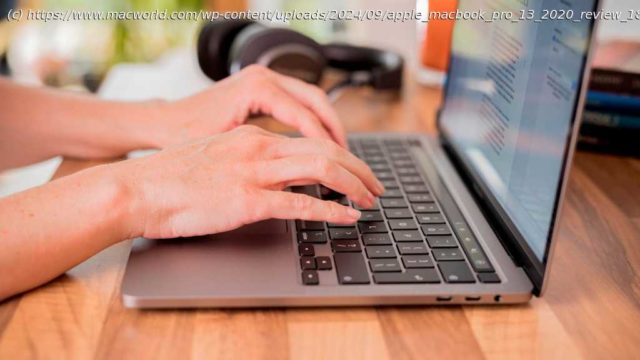Worried about installing macOS beta on your Mac? Don’t want to run macOS as your main system? Run it on an external drive.
Concerned about updating your Mac to the latest version of macOS? Perhaps you aren’t sure about running macOS Sequoia quite yet, or maybe you want to test the beta but don’t want to risk messing up your system. You might be concerned about incompatible software or you might just be thinking that you might hate it and not be able to go back to the macOS you are familiar with.
Luckily you don’t have to install the OS update on your Mac at all. You can install it on an external drive instead.
Installing the Mac operating system on an external drive is the safest way to get a good look at a new OS without changing anything on your Mac. It’ll leave your current configuration intact and allow you to play around with the beta of the next version of macOS.
In this tutorial we explain how to run macOS from an external drive in four simple steps:What you need
If you want to run macOS on an external drive you will need a few things, including a drive with a good amount of storage available.
You can use an external hard drive or SSD–and SSD offers faster boot times than a hard drive. It’s also worth investing in a USB-C or Thunderbolt drive as this will offer the fastest connection.
You can get hold of a USB flash stick pretty cheaply, such as this San Disk USB Type-C drive with 128GB for $24/£16.49. It’s a bit harder to find a Thunderbolt-powered SSD, and unfortunately, they are a lot more expensive. Take a look at our round-up of the best SSDs. If you want to use the external installation as if you are running it on your Mac we suggest you get the biggest USB C/Thunderbolt drive you can afford.
For more buying advice, take a look at our guide to the best external drives for Mac for some cheaper, non-SSD options.






